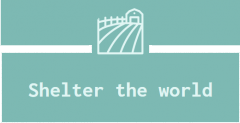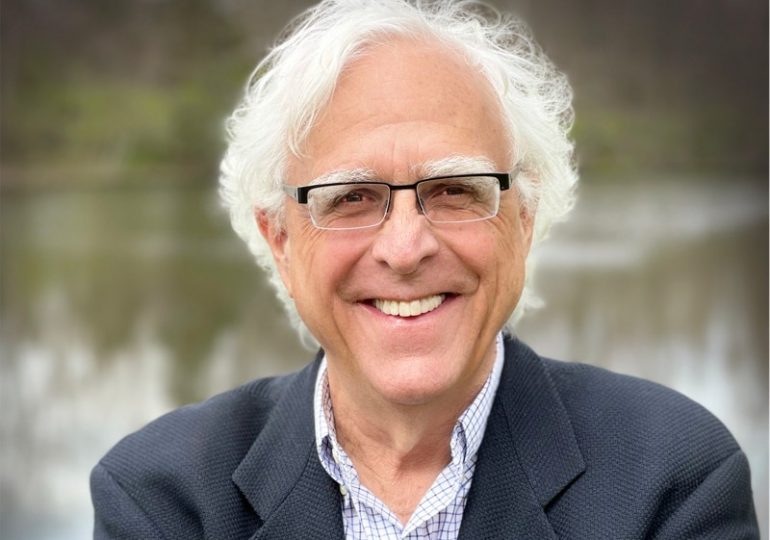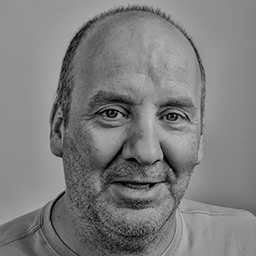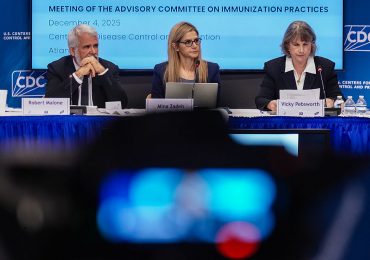By LINDA RIDDELL & THOMAS WILSON
Recent discussions over Medicaid budget cuts invite us to look more deeply into the house-of-cards that, when it collapses, will hit the states and low-income households hardest. But we will all be harmed.
Some states get 80% of their Medicaid funding from the federal government, as a recent Wall Street Journal article, “Medicaid Insures Millions of Americans. How the Health Program Works, in Charts” pointed out. Even states relying less on federal funds will be hard pressed to shift their resources to replace the federal share. The ripple effects are clear: states are likely to reduce Medicaid enrollment, forcing low-income people to skip care or find free care, and hospitals will shift resources to cover care they are not paid for. Dollars cut from Medicaid do not vanish; they simply shift to different corners of the healthcare system. Ouch!
A Deep Dive into the Facts
Fact 1. Low-Income Households Already Spend More of Their Income on Health Care: Recent Consumer Expenditure Survey data reveals that the lowest 20% of households—roughly corresponding to those enrolled in Medicaid—saw the share of their income spent on healthcare (red in Figure below) rise from 8% in 2005 to 11% in 2023. In contrast, the highest-income 20% devoted only 2% in 2005, rising to about 4% of their income to healthcare in 2023.
Fact 2. Necessities Consume a Majority of Low-Income Households’ Income: Low-income households spend about 57% of their income on essentials like food and housing (blue in figure). This leaves little to nothing for other expenses. These families have an almost inelastic budget where any additional expense, even one as critical as medical care, forces painful trade-offs. In contrast, high-income households have from 38% to 53% of their income (purple in figure) left over after meeting all basic and other costs.
Fact 3. Affordable Care Act Led to Reduced Uninsured ED Visits: In 2016 — two years after Affordable Care Act provisions took effect — many states expanded Medicaid, and all introduced health insurance exchanges. These changes brought emergency department visits by uninsured patients down by half—from 16% to 8%.
Fact 4. Uncompromising Obligations at Hospitals: Under the U.S. Emergency Medical Treatment and Active Labor Act (EMTALA), hospitals must treat and stabilize every patient who arrives, regardless of their ability to pay. With around 70% of all hospital admissions arriving via the ED, a surge in uncompensated care in the ED will directly affect admission rate, the hospital’s core function.
Examining the Key Inferences
Inference 1. Rising Uninsured Populations: Cutting Medicaid budgets is likely to lead to states shrinking enrollment and boosting the number of uninsured individuals.
Inference 2. A Resurgence in Uninsured ED Visits: If Medicaid budget cuts reduce enrollment, the previously achieved reductions in uninsured ED visits could return to the high rates seen before the ACA.
Inference 3. Hospitals Caught in the Crossfire: Budget cuts will force hospitals to provide more uncompensated ED care. The response is likely to be reducing staff, the hospital’s largest cost center — a move that directly affects the quality and timeliness of both primary and specialty services. Washington state offers a cautionary tale, where hospital leaders predict longer wait times and lower service levels due to state budget cuts.
Broad Impacts Beyond the Numbers
The health system must pick up the $880 billion slack, not by magically creating money but by shifting resources from other programs. The healthcare system has its priorities set by the budget scramble–not by the community’s health needs. Health disparities between the rich and poor will widen, and progress made on having more people insured will reverse.
Staff cuts will lengthen wait times and decrease service quality, not to mention they will burn more people out of their health service jobs. The ripple effects of Medicaid cuts will eventually touch all who seek medical care and pay for health insurance.
A Call for Political and Community Action
Now, more than ever, it is time for political stakeholders to recognize that the real cost of Medicaid cuts is borne not just by states but also by communities. Stakeholders, policymakers, community leaders, and the general public must stand up for their own interest in having a sustainable health care funding approach.
Toward a More Equitable Future
The case against Medicaid budget cuts is not merely about dollars and cents—it is about the future of our healthcare system and the health of millions of Americans. Cutting Medicaid benefits may create short-term savings on paper, but it undermines the health infrastructure that serves everyone.
A thoughtful and balanced approach would protect vulnerable populations while ensuring hospitals remain viable centers of care, especially for rural areas. In rural communities, the health sector creates 14% of jobs; rural hospitals are generally the largest employer and since they serve more Medicaid and Medicare patients, they will be the hardest hit by these budget cuts.
The shift in where healthcare dollars are spent could change every layer of healthcare delivery—from the ED’s ever-growing responsibility to inpatient admissions to primary care’s dwindling resources. It is a call for all of us to rethink how healthcare is funded and to stand in solidarity with those at risk of being left without medical care.
Looking Ahead
Beyond the immediate fiscal challenges, this issue invites a broader discussion on healthcare reform. How can we restructure funding to improve efficiencies? Could community health cooperatives or expanded telehealth services help lessen adverse effects? These questions deserve robust debate and decisive action.
In these turbulent times, every stakeholder—from local communities to federal policymakers— needs to find solutions that prioritize human health over short-term budget tactics. The stakes are high, and the choices made today will shape healthcare access and quality for decades to come.
Linda Riddell, MS is a population health scientist specializing in poverty and is the founder of Gettin’ By, a training tool helping teachers, doctors, case managers, and others work more effectively with students, patients and clients who are experiencing poverty. Thomas Wilson, PhD, DrPH is an epidemiologist focused on real-world issues and board chair of the non-profit Population Health Impact Institute
Leave a comment





